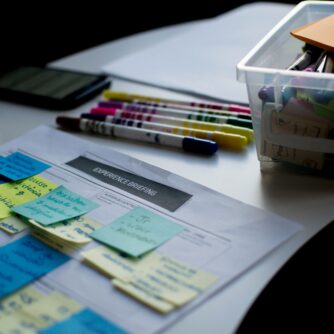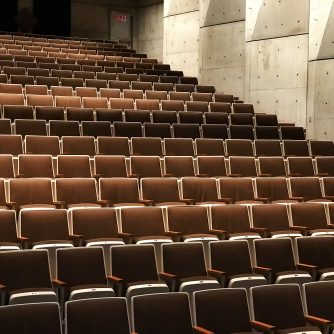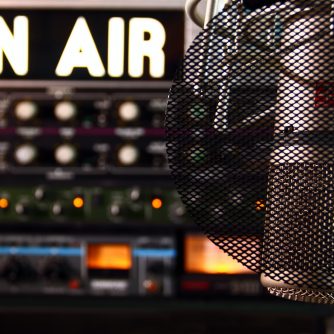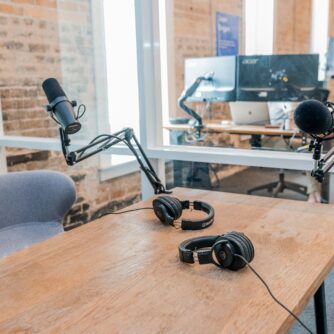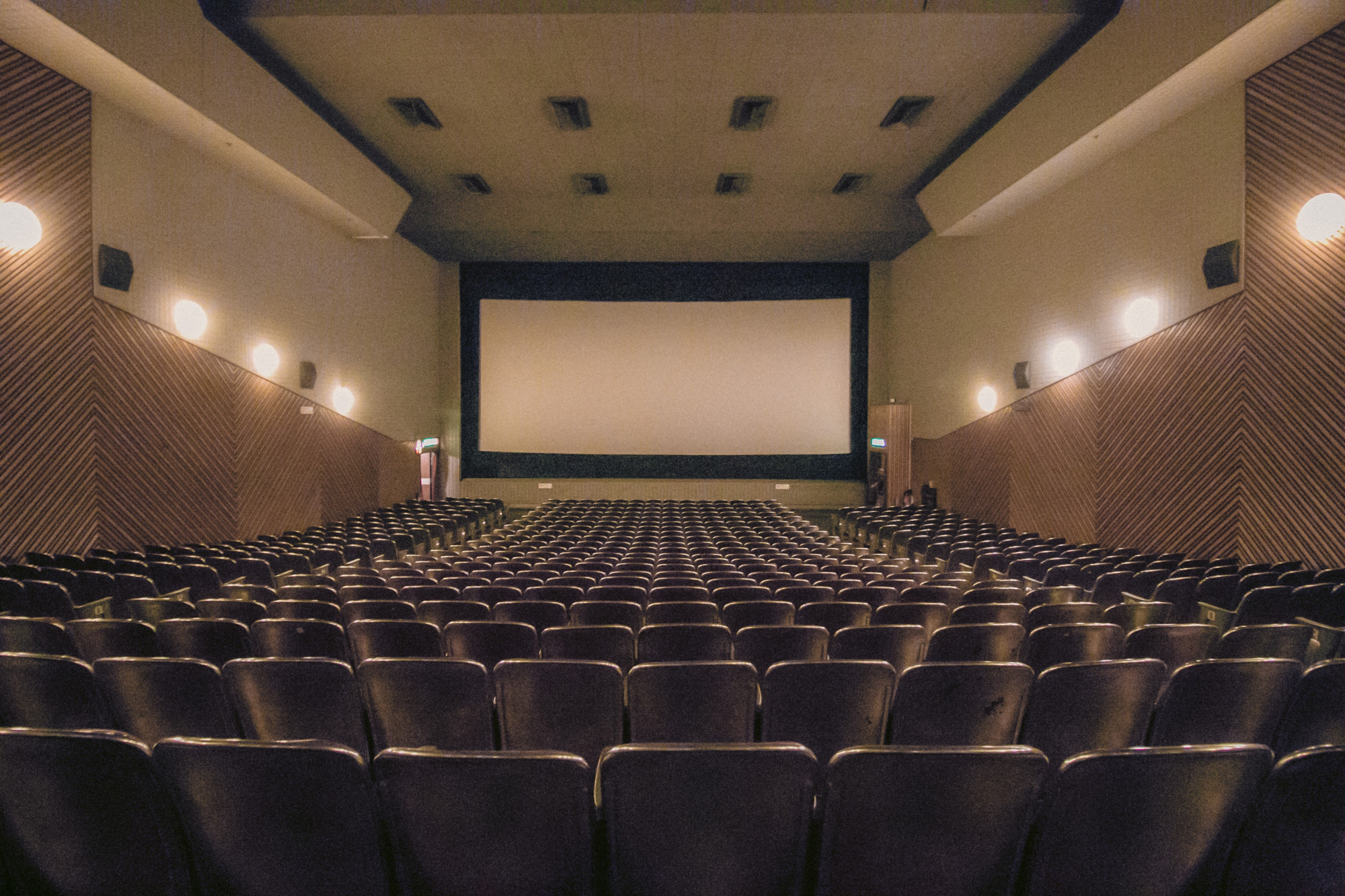An Audio Drama can be one of the most complex types of podcast to create.
I spent years producing talk radio shows and one of the more fun parts of the job was conceiving and then writing and producing goofy bits for the show. Audio Dramas always seemed like a logical extension of that experience.
I’ve worked on four Audio Drama projects… so far: Fake News Fairytale on the Radio Misfits Podcast Network. I wrote and produced that one. Admittedly, that was too much to take on all by myself. Also, I’ve worked on three projects with Lifeline Theatre in Chicago: Lifeline On The Air, Miss Holmes and Carmilla.
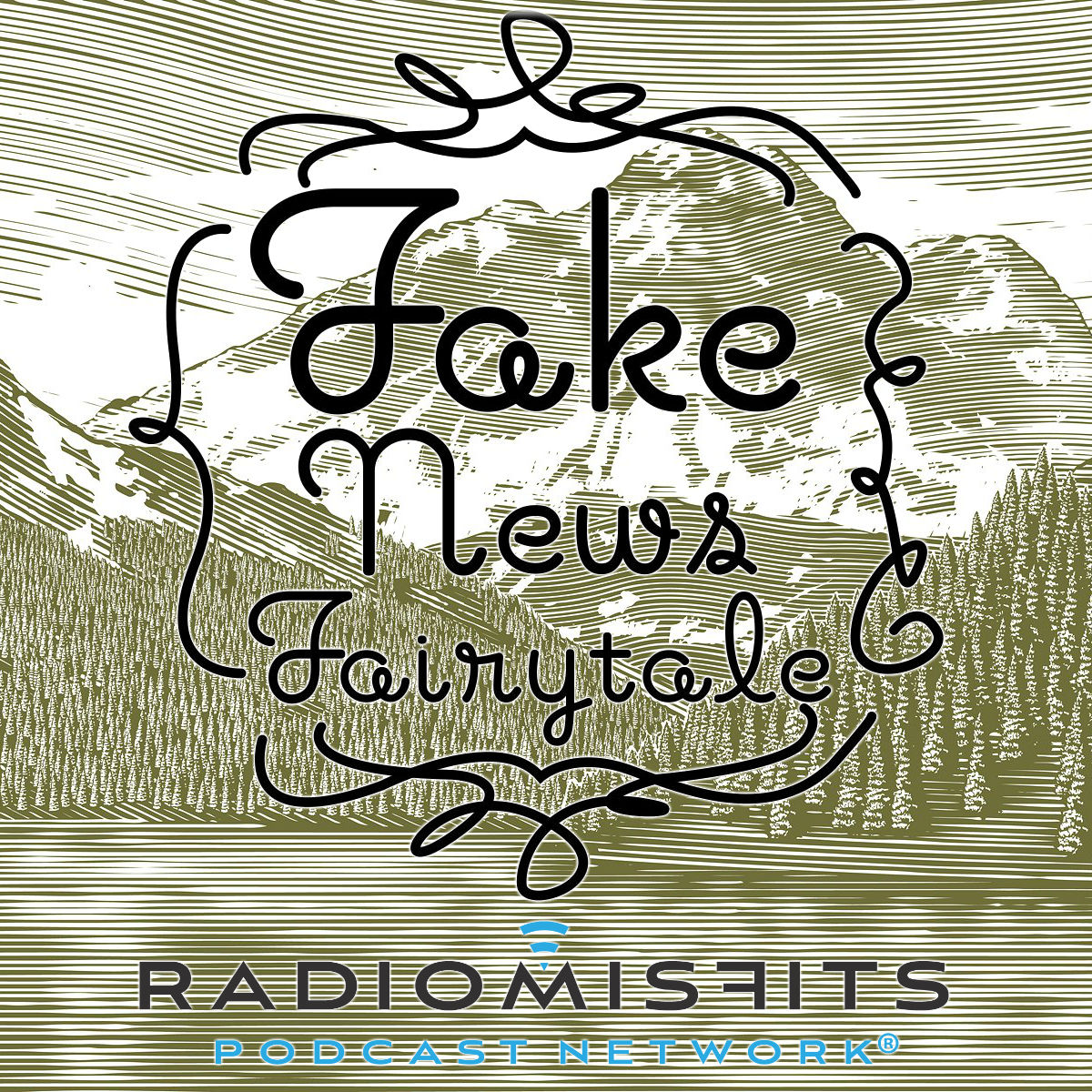
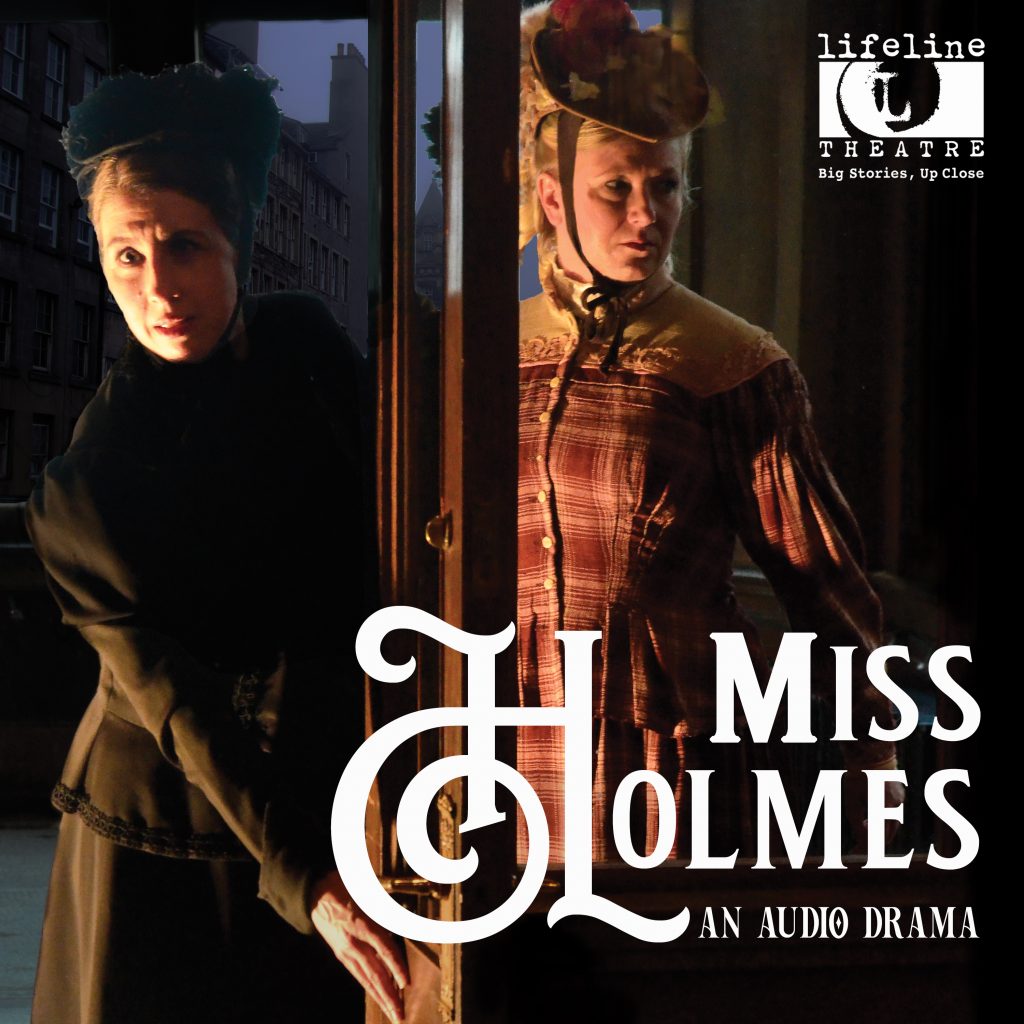
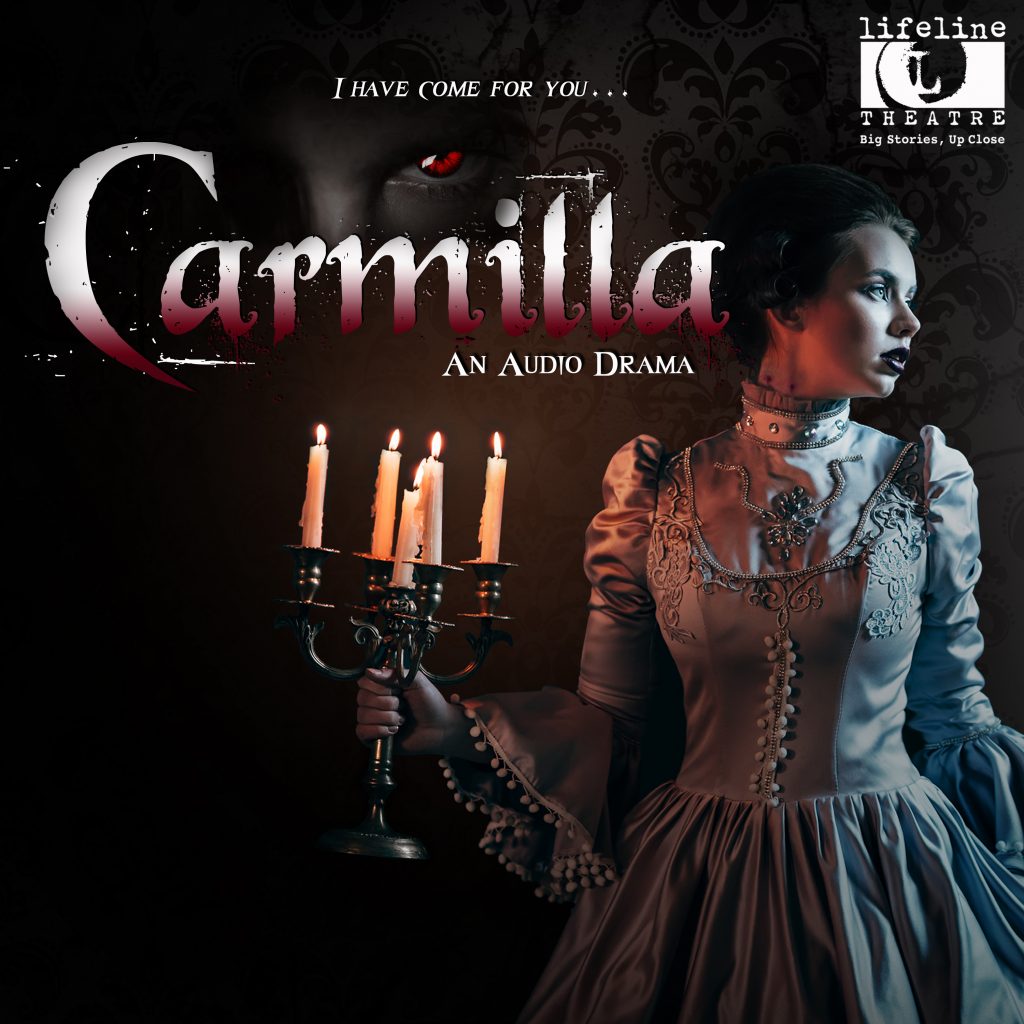
They’ve all been very challenging but I’ve really enjoyed the process. I’m hoping to do more in the future. If you’ve ever thought about starting your own Audio Drama series, it can feel pretty daunting and hard to know where to start.
In this article I’m going to outline my production process for you. It’s always evolving and incorporates a lot of lessons I’ve learned along the way.
Dialogue
Audio Dramas tend to be fully scripted. Completed scripts will then be recorded by the voice actors, either together in a studio or online with a Remote Recording App. Just about everything I’ve done so far has been recorded remotely. That was mostly because of COVID.
For the Fake News Fairytale, I was basically a one-man band aside from the friends who joined my to voice parts. I wrote everything. I quickly learned that was a lot for one person to take on. I’d hope to take a crack at writing some projects in the future. For now I’ve been happy to work with Lifeline Theatre and let the professionals do what they do best.
I am however always involved in the recording process. That’s generally when I first get involved.
My first post-production task after recording is to get the dialogue into my DAW (I use a Rodecaster Pro and Adobe Audition) and check that there’s no audio quality issues. This could be things like clipping, distortion, reverb, or any other unwanted noise.
When I’ve worked on a serialized project, they generally aren’t recorded in order. That’s mostly because of actor availability. Once I’m done checking on the quality, my second task will be putting all of the various pieces together into a first cut of just the dialogue.
The reason I do this is I have found it to be a good idea to identify any problems with the dialogue first, so we can have plenty of time to schedule times to re-record with the actors if needed.
Sound Effects and Ambience
The dialogue on its own might take a couple rounds of revisions to get right. That was the case with Carmilla which took a few rounds of pickups, mostly to clear up technical hiccups from recording remotely. Once I have the dialogue in good shape, the next step for me is adding sound effects. Sometimes this comes from the script and sometimes I’ll add a few things myself when I hear an opportunity.
There was a time when produces had massive libraries of hundreds of CD’s containing every sound effect imaginable. We live in an amazing time for audio production. The age of ASMR ensures that no matter what ambient sound you’re looking for, you can find it.
Make sure it’s OK to use, of course. But there’s so much out there that it’s pretty easy to find something that both fits what you’re looking for and is also available for anyone to use.
Continuity is extremely important. That’s a lesson that I learned in the production of Miss Holmes. The effects that you’re choosing help establish the identity of a particuarly place, and also tell the audience when the action has moved from one place to another.
Adding Music
Music can be the most tricky part of the production process, mostly just getting the rights to use it. I’m fortunate that I have a colleague John Benedeck who has created some original music for a few projects. Also with both Miss Holmes and Carmilla there was existing music that I was able to use.
Much like sound effects, you have to do it the right way. Make sure that whatever you use, it either says it’s available for anyone to use or you reach out to the creator and get their permission to use it. Which might require a bit of money. You definitely don’t want to finish a project and then have it take down because you were using music without permission or without a license.
As far as mixing goes, it’s been my experience that less is more when it comes to both music and sound effects. They should both be there, but it should never overpower what the actors are doing. So just as a general rule, I tend to back those off as much as possible.
Step Away Before You Listen
I always recommend mixing down the content and listening to it away from the computer. If you’re looking at the wav form you’re probably going to miss a few things. Also, let a little time pass before you give it a listen. It’s also a good idea to have some beta listeners give it a listen before you put a bow on it.


